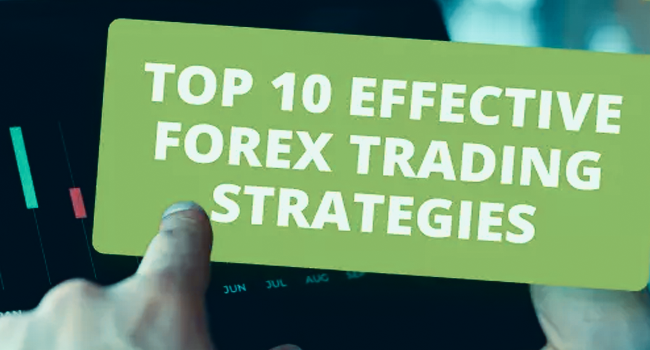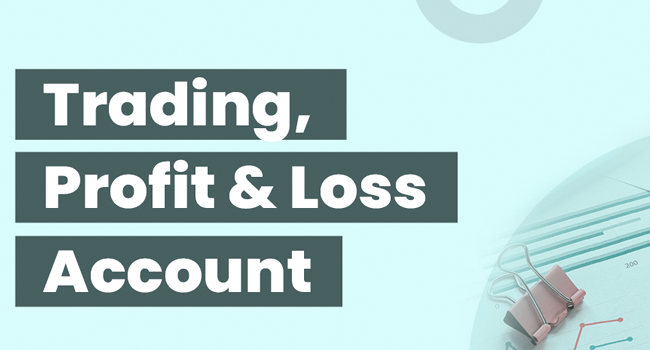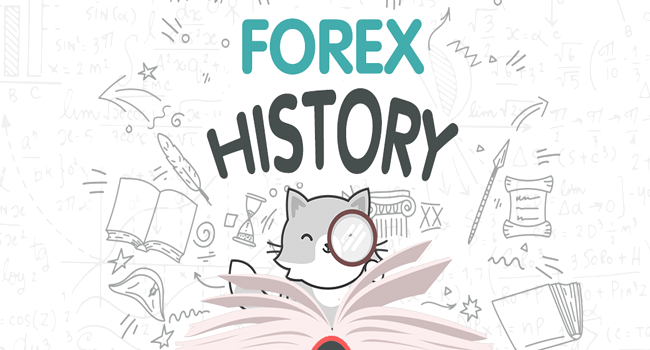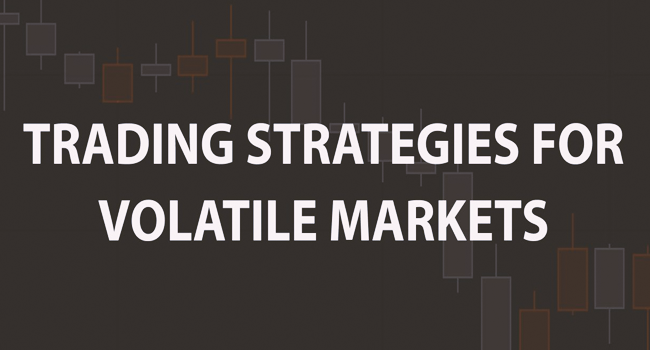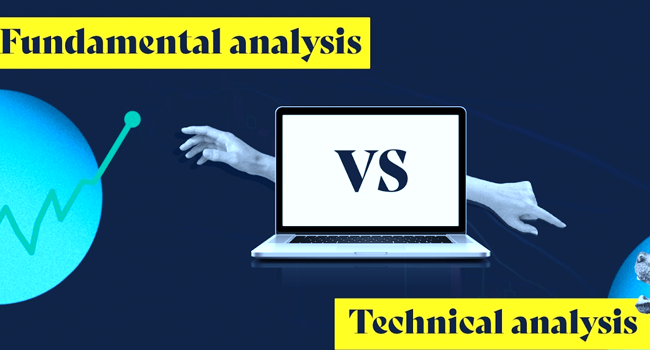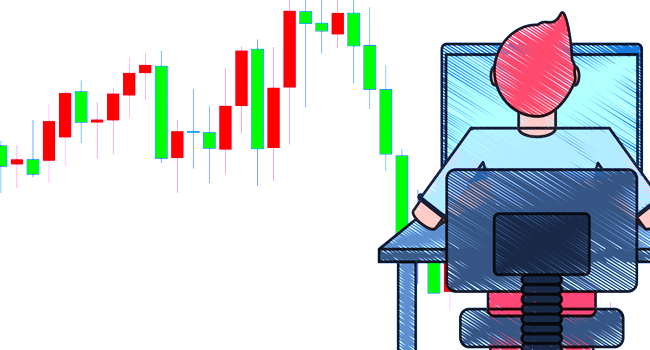Introduction to Forex Trading
The foreign exchange market is the largest financial market in the world for buying and selling currencies. Although there are substantial economic prospects, there is also inherent danger. You must know how to trade Forex sensibly to navigate this ever-changing market effectively.
Understanding Risk in Forex Trading
Assessing Risk Tolerance
Before diving into the Forex market, you must assess your risk tolerance. This is a personal evaluation of how much risk you can comfortably take. It is vital to have a clear understanding of your financial capacity to withstand losses.
Setting Clear Financial Goals
Establishing clear financial goals is pivotal in managing risk. Knowing what you want to achieve in Forex trading will help you make informed decisions. Your objectives have to be SMART—specific, measurable, realistic, relevant, and time-bound.
Diversification of Investment
Diversifying your investment across different currency pairs can help mitigate risk. By spreading your funds, you can reduce the impact of a poor-performing currency pair on your overall portfolio.
Risk Management Strategies
Stop-Loss Orders
The stop-loss order is one of the most essential risk-management instruments in Forex trading. It allows you to predetermine the price level at which you’re willing to accept a loss and exit a trade.
Position Sizing
The quantity of lots or units you trade in a single transaction is called position size. It’s critical to size your positions appropriately to prevent taking on more than you can do and overextending yourself.
Risk-Reward Ratio
Evaluating the risk-reward ratio helps you assess the potential return compared to the possible loss in a trade. A good risk-reward balance minimizes your risk while maximizing your profit potential.
Leverage and Its Implications
What is Leverage?
Leverage is a double-edged sword. It allows you to control a more substantial position with a relatively small capital. However, it also amplifies your losses, making it crucial to use leverage judiciously.
Leveraged Trading Strategies
Leverage can be employed in various trading strategies, such as day trading, swing trading, or carry trading. Each system has its risk profile, and it’s essential to choose the one that aligns with your risk tolerance and objectives.
Risks of High Leverage
High leverage can lead to significant losses if the market moves against you. Therefore, it’s vital to understand the risks involved and employ risk management tools when using leverage.
Choosing a Reputable Forex Broker
Researching Broker Options
Selecting a reliable broker is fundamental to your trading success. Thoroughly research and compare broker options, considering factors like trading platforms, fees, and customer support.
Regulatory Compliance
Ensure a reputable authority regulates your chosen broker. Regulation adds a layer of protection to your investments and ensures that the broker operates transparently and ethically.
Educating Yourself
Continuous Learning
The Forex market is dynamic and ever-changing. Staying informed about market trends and economic events is crucial. Continuous learning will help you adapt to new market conditions.
Utilizing Demo Accounts
Practice your trading strategies on demo accounts before risking real money. This allows you to familiarize yourself with the trading platform and test your system without financial risk.
Psychological Aspects of Risk Management
Emotion Control
Emotions have the power to impair judgment and cause rash decisions. Forex traders who are successful manage their emotions and make judgments based on strategy and analysis.
Avoiding Impulsive Decisions
Avoid making impulsive trading decisions based on fear or greed. Stick to your trading plan and strategy to manage risk effectively.
Keeping Track of Your Investments
Journaling Trades
To keep track of your transactions and results, keep a notebook. Your trading history may be analyzed for trends, advantages, and disadvantages.
Regular Portfolio Reviews
Periodically review your portfolio and assess its performance against your financial goals. Make adjustments as necessary to maintain a balanced and well-managed portfolio.
Risk-Free Investments
Exploring Low-Risk Forex Instruments
Consider diversifying your portfolio with low-risk Forex instruments like forward contracts or options. These instruments can offer hedging opportunities and reduce risk.
Professional Assistance
Consulting Financial Experts
If you need more clarification about your trading strategy or risk management, seek advice from financial experts or mentors. Their perspectives can assist you in reaching better judgments.
The Importance of Patience
Avoiding Rushed Decisions
Patience is a virtue in Forex trading. Only rush into trades with proper analysis and a well-defined strategy. Impatient decisions often lead to losses.
Long-Term Perspective
Adopt a long-term perspective in your trading. Short-term fluctuations are common, but a focus on your long-term goals can help you weather market volatility.
Monitoring Market Trends
Staying Informed
Stay informed about global market trends, economic indicators, and central bank policies. These factors can significantly impact currency values.
Economic Indicators
Monitor economic indicators like GDP, employment data, and inflation rates. They provide insights into the health of a country’s economy.
Global Events and Their Impact
Geopolitical Factors
Events related to geopolitics, such as elections, wars, or policy shifts, may have a significant effect on the Forex market. Remaining cognizant of these occurrences is essential for proficient risk management.
Economic Events
Economic events, like interest rate decisions or trade agreements, can cause significant market fluctuations. Be ready for unexpected changes in the emotions of the market and modify your plans appropriately.
Common Pitfalls to Avoid
Overtrading
Overtrading, or widespread trading, can deplete your capital and increase risk exposure. Stick to a well-thought-out trading plan to avoid this pitfall.
Chasing Losses
Trying to recover losses by increasing your trade size or taking excessive risks can lead to further losses. It’s essential to accept failures and not let emotions dictate your decisions.
Additional Risk Management Tips
Using Automated Trading Systems
To assist with risk management, consider utilizing professional advisers or automated trading methods. These systems can execute trades based on pre-defined criteria, reducing the impact of emotions on your trading decisions.
Setting Realistic Profit Targets
Set realistic profit targets for your trades. Trying to achieve unrealistic gains can lead to excessive risk-taking. A clear profit target allows you to exit trades at the right time.
Limiting the Number of Open Trades
Avoid opening too many trades simultaneously. This can be overwhelming and make it challenging to manage risk effectively. Stick to a manageable number of open positions.
Regularly Reviewing and Adjusting Your Strategy
Market conditions can change, and so should your trading strategy. Regularly review your approach and make adjustments to align with current market dynamics.
Using Risk-Reduction Tools
Some brokers offer risk-reduction tools like negative balance protection or guaranteed stop-loss orders. These can provide an added layer of security for your trading capital.
Building a Support Network
Joining a community of fellow traders can be invaluable. Sharing experiences and strategies with others can help you learn and grow as a trader.
Starting Small and Scaling Up
If you’re new to Forex trading, begin with a small investment and gradually scale up as you gain experience and confidence. This approach minimizes risk while allowing you to learn the ropes.
Conclusion
There is always a risk involved with trading Forex. However, it doesn’t mean you must gamble with your hard-earned money. By following the principles of wise risk management, such as assessing your risk tolerance, setting clear financial goals, and employing risk management tools, you can trade Forex with confidence.
Patience, continuous learning, and staying informed about market trends and global events are essential for long-term success. Avoid common pitfalls like overtrading and chasing losses. Your capacity for prudent risk management will determine your success as a Forex trader.
FAQs
Is Forex trading a guaranteed way to make money?
Forex trading carries risks, and there are no guarantees of profit. Wise risk management is crucial to succeed in this market.
How do I choose the proper leverage for my trades?
The appropriate leverage level depends on your risk tolerance and trading strategy. It’s advisable to start with lower leverage if you’re a beginner.
Can I trade Forex without a broker?
Trading Forex typically requires a broker to access the market. Choose a reputable and regulated broker for a secure trading experience.
What are some common emotional challenges in Forex trading?
Common emotional challenges include fear, greed, impatience, and frustration. Successful traders learn to manage these emotions effectively.
How can I stay updated on global economic events affecting the Forex market?
You can stay informed by following financial news sources economic calendars, and joining Forex communities or forums for discussions and insights.


